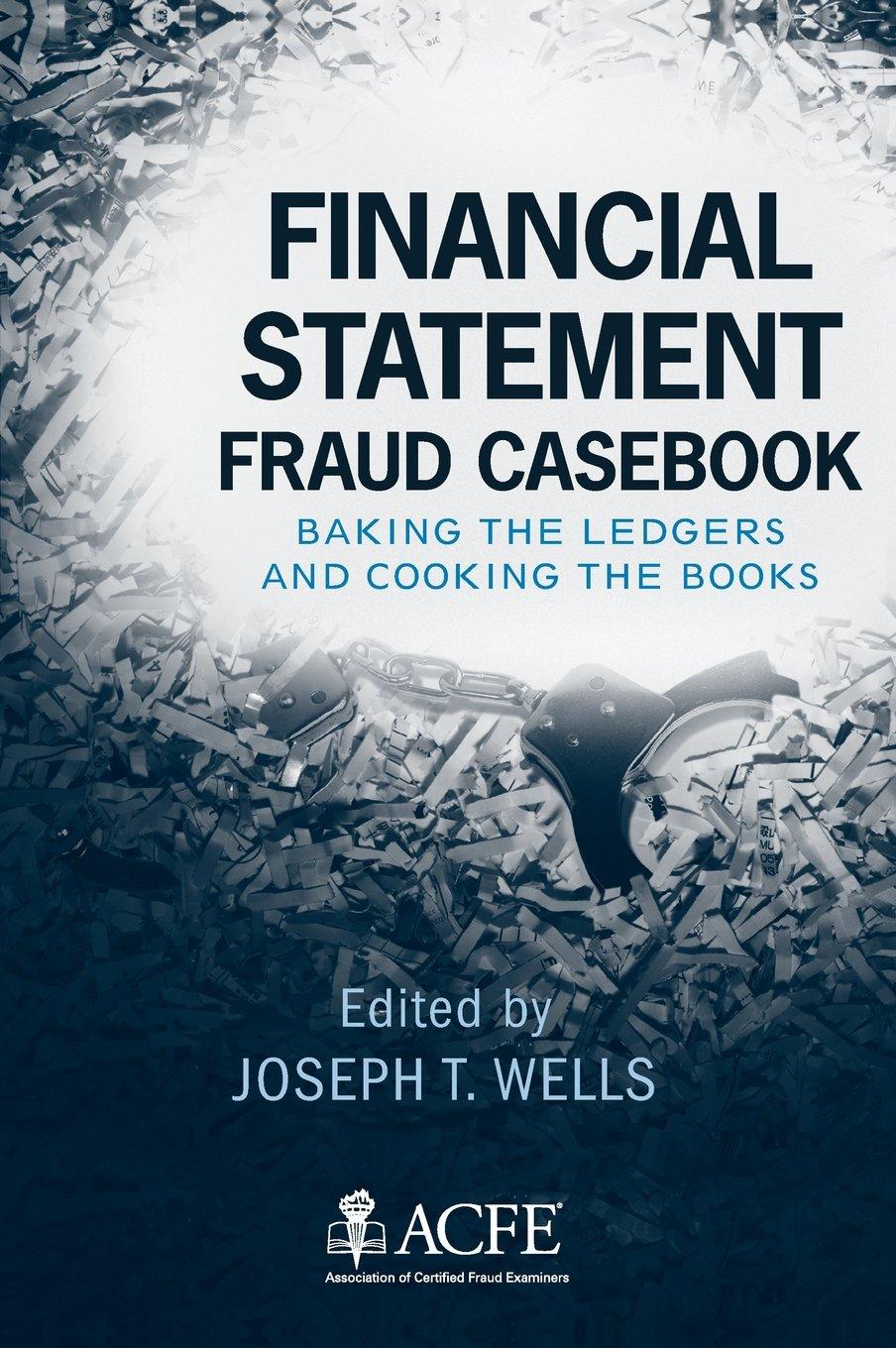Question
OBJECTIVE: Understand flow of product cost through inventory accounts to income statement and balance sheet INSTRUCTIONS: Use the information below to fill in the boxes
OBJECTIVE:
Understand flow of product cost through inventory accounts to income statement and balance sheet
INSTRUCTIONS:
Use the information below to fill in the boxes on the template provided. With only a few exceptions, your answers should contain simple formulas. Even if you are only copying an amount from one cell to another, use a cell reference rather than typing in a numberthat way if you change the original amount it will automatically update the amount in the cell to which it was copied. Do not modify the template.
Most of the information provided in the narrative below has been entered on the template.
On February 1, Jonathon Deming, Operations Manager of Kaufman Industries, and his 2 fellow managers walked from the parking lot to their 7 a.m. monthly team meeting. As the group neared the building, they watched in stunned silence as a small private airplane plummeted from the sky, crashing into the facility and immediately setting the plant and administrative offices ablaze.
Emily Keller, Sales Manager, used her cell phone to call 911, and the group waited until the fire department arrived and began battling the blaze.
At least no one was in the building yet, murmured Jonathon.
Yeah, agreed Sarah Collins, the company controller. No ones ever going to believe thisleast of all the insurance company! How are we ever going to put together a claim when all of our records just went up in smoke? Theres no sense even calling our insurance agent unless we can figure out how to reconstruct our inventory balances. The three stunned managers decided to meet briefly at the local coffee house to figure out what to do next.
Things might not be as bad as they seem, began Emily, as the last of the group sat down at the table. I have this summary sheet I had prepared for our meeting that shows year-to-date sales of $1,350,000 and a gross profit ratio of 40%, which was roughly the same as our average rate last year, so gross profit must have been $540,000. In addition, cost of goods available for sale year-to-date was $960,000 at cost.
Thats good, said Sarah. And I have last years financials which show that the December 31 balance of raw materials was $30,000, of work in process was $50,000 and of finished goods was $90,000.
My notes for the meeting indicate that the sum of direct materials used and direct labor for the first month of the year was $510,000, and that total overhead cost for the period was $520,000, which represented an overhead rate of 400% of direct labor cost.
Were almost there! exclaimed Sarah, as she finished jotting down the information. If we just knew the cost of our materials purchases for the year, I think wed be able to put together a claim.
Let me call our purchasing agent, said Jonathon, pulling his cell phone out. We were just discussing that in our planning meeting yesterday.
Jonathon stepped outside to make his call, and after a few moments returned to the group and triumphantly announced: Ive got it! Year-to-date purchases of direct materials were $420,000.
Thats it then, said Sarah. I should be able to put together a claim by the end of the day.
REQUIRED: Complete the cells indicated on the template provided in order to determine the total inventory loss as of the date of the accident. Enter your answer in the space provided on the template. HINT: You will find it best to start with the partial income statement and work backwards.
NOTE: In Financial Accounting, you learned that Cost of Goods Sold was calculated as follows Beginning Merchandise Inventory
+ Net Purchases
Cost of Goods Available for Sale
-Ending Merchandise Inventory
Cost of Goods Sold
For a manufacturer, we cannot refer to invoices to determine our net purchases for a period since we are making the inventory we are going to sell rather than buying it, so we adjust the calculation above as follows-
Beginning Finished Goods Inventory
+ Cost of Goods Manufactured
Cost of Goods Available for Sale
-Ending Finished Goods Inventory
Cost of Goods Sold
| MATERIALS INVENTORY | WORK IN PROCESS INVENTORY | ||||||||||||||
| 1-Jan | 30000 | 1-Jan | 50000 | ||||||||||||
| Purchases | 420000 | <-- | Direct Materials | --> | FINISHED GOODS INVENTORY | ||||||||||
| 31-Jan | Direct Labor | 1-Jan | 90000 | ||||||||||||
| Manufacturing Overhead | 520000 | <-- | Cost of Goods Mfd. | --> | Cost of Goods Sold | ||||||||||
| 31-Jan | 31-Jan | ||||||||||||||
| TOTAL INVENTORY LOSS: | |||||||||||||||
| Income Statement | |||||||||||||||
| Revenue | 1350000 | ||||||||||||||
| Beg. FG Inventory | 90000 | ||||||||||||||
| Cost of Goods Manufactured | |||||||||||||||
| Cost of Goods Available for Sale | 960000 | ||||||||||||||
| End. FG Inventory | |||||||||||||||
| Cost of Goods Sold | |||||||||||||||
| Gross Margin | 540000 | (40%) | |||||||||||||
Step by Step Solution
There are 3 Steps involved in it
Step: 1

Get Instant Access to Expert-Tailored Solutions
See step-by-step solutions with expert insights and AI powered tools for academic success
Step: 2

Step: 3

Ace Your Homework with AI
Get the answers you need in no time with our AI-driven, step-by-step assistance
Get Started


